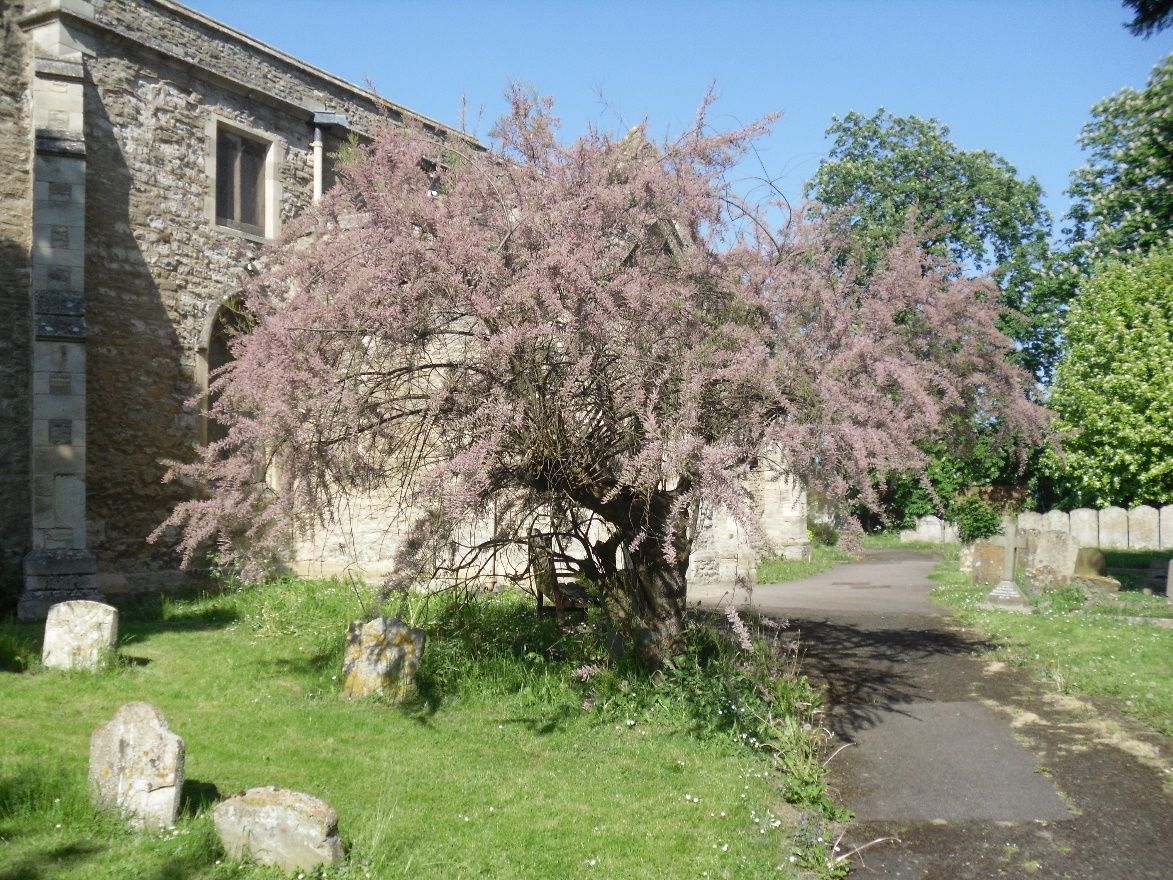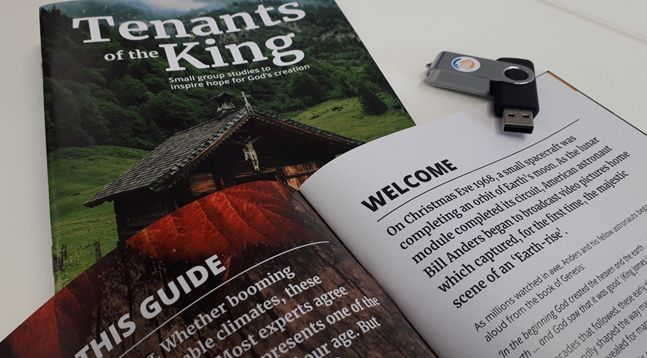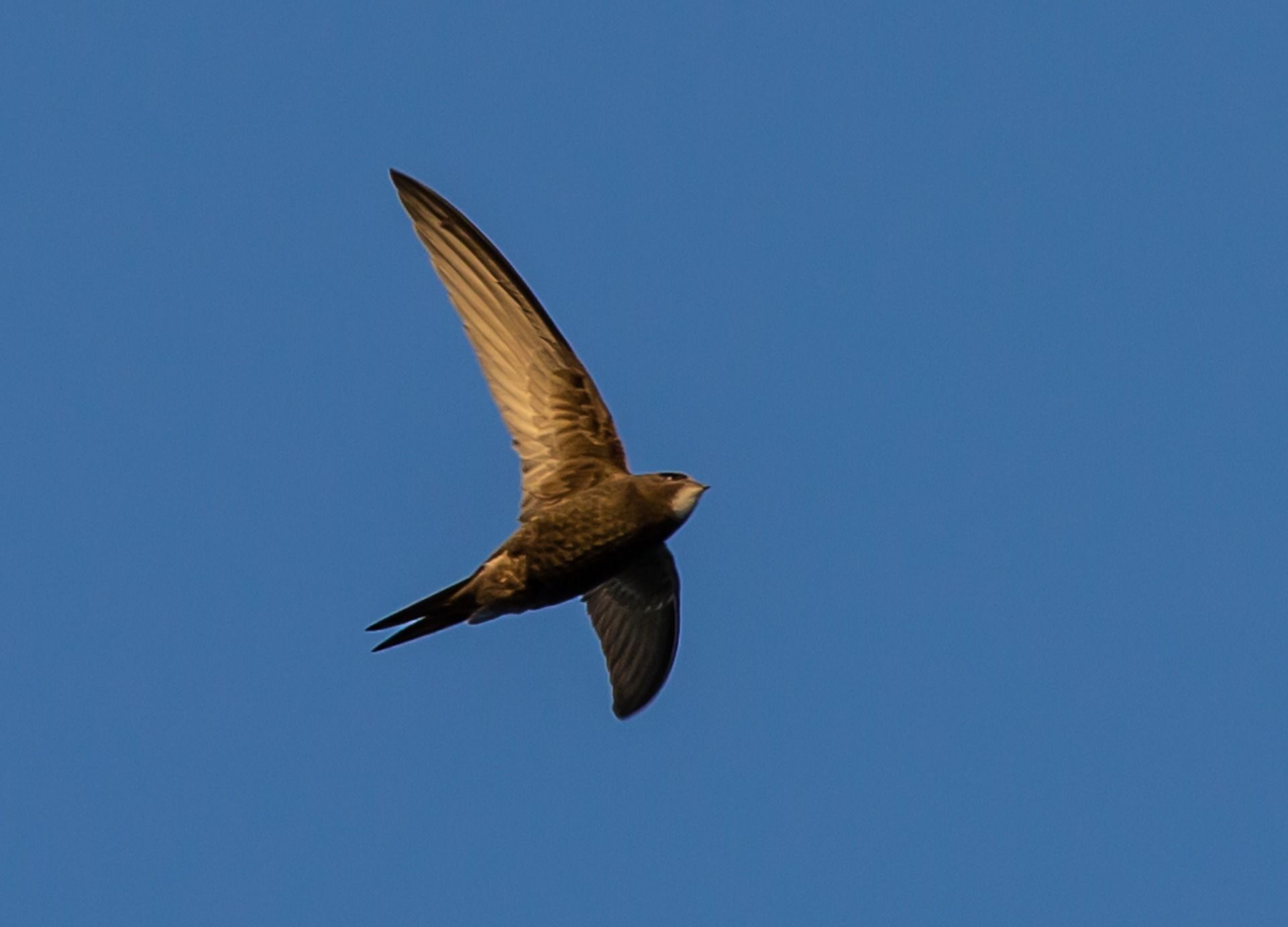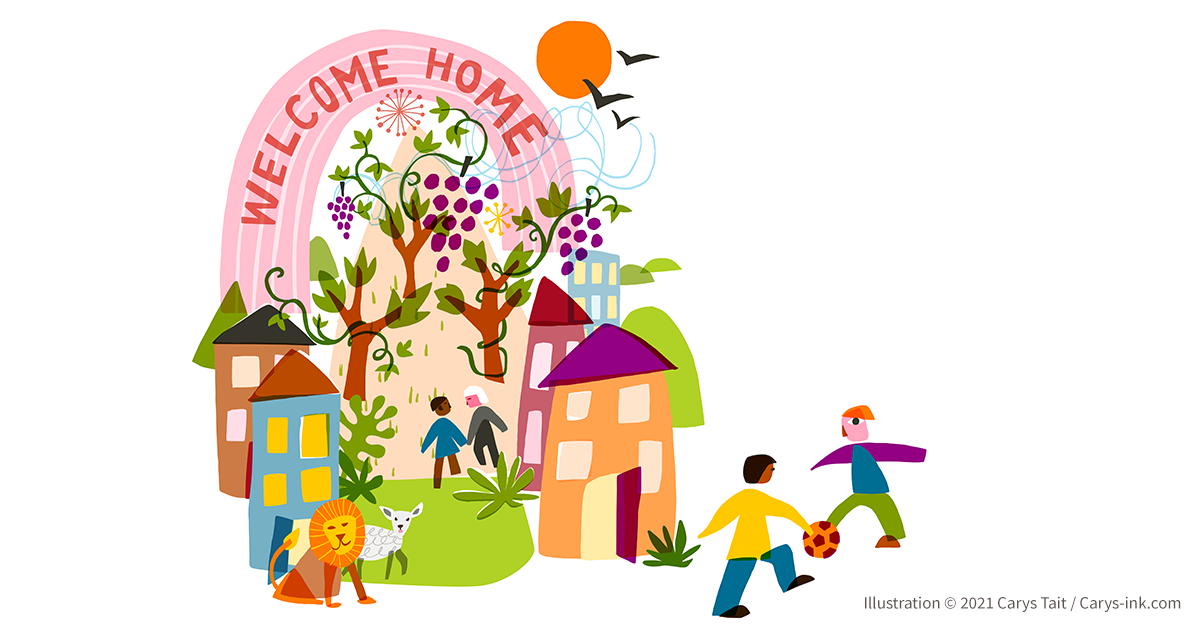Counting butterflies
This month’s blog post puts the focus on citizen science and invites our readers to join in with The Big Butterfly Count.
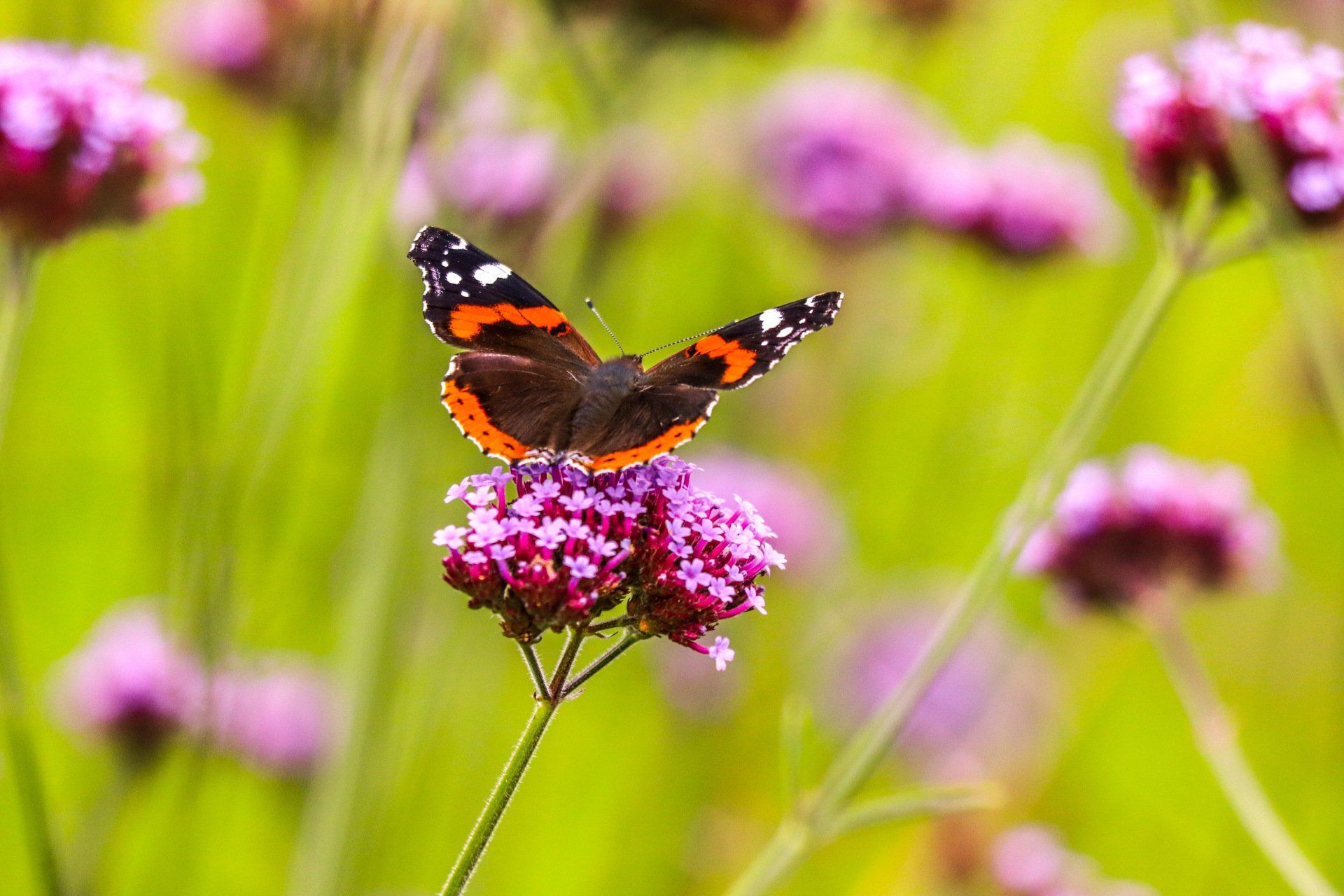
What is citizen science?
Citizen science projects involve ordinary people of all ages and backgrounds taking part in scientific studies by collecting and reporting data. The information they gather can then be used by scientists and conservationists to inform their work. These kind of projects usually don’t require a huge time commitment or need much prior knowledge. Lots of projects provide free resources like identification guides and will help you to understand what impact your results will have.
The Big Butterfly Count
The Big Butterfly Count is run by Butterfly Conservation, a British charity devoted to saving butterflies, moths and their habitats throughout the UK. The count is a nationwide citizen science survey aimed at helping us assess the health of our environment. It was launched in 2010 and has rapidly become the world's biggest survey of butterflies. Over 107,000 citizen scientists took part in 2021, submitting 152,039 counts of butterflies and day-flying moths from across the UK.
As well as being important in themselves as pollinators, butterflies can act as an early warning for other wildlife losses. Butterflies are key biodiversity indicators for scientists as they react very quickly to changes in their environment. if their numbers are falling, then nature is in trouble.
The Big Butterfly Count 2022 opens on 1st July ready for the main event between 15th July and 7th August. All the counts can be viewed on an interactive map.
All you need to do to take part is to count butterflies for 15 minutes during bright (preferably sunny) weather during the Big Butterfly Count. This is the time of year when most butterflies are at the adult stage of their lifecycle, so more likely to be seen. Records are welcome from anywhere: from parks, school grounds and gardens, to fields and forests. You can count from a fixed position or on a walk.
You can do as many counts as you want to: you can submit separate records for different dates at the same place, and for different places that you visit. And your count is useful even if you do not see any butterflies or moths.
An ID guide is available to download and results can be submitted during July and August via the website or by using the Big Butterfly Count app.

Putnoe Heights Big Butterfly Count
As well as submitting results for your own garden, we’d love it if some of our readers were able to spend 15 minutes around the church grounds so that we can find out which butterflies are visiting our planting. You can submit your results as above but do let us know how you get on via online@putnoechurch.org.uk You’ll be helping Butterfly Conservation as well as helping our church with the Land category in the Eco Church scheme as undertaking wildlife surveys is one of our targets.
Why not spend 15 minutes sat in the sunshine on the bench outside church contemplating the wonder of creation and doing your bit for conservation?
Three more citizen science nature & environment projects
The RSPB's Big Garden Birdwatch is one of the best known initiatives. The project has now yielded 40 years of data to help scientists understand how garden birds are faring in the UK. The 2022 results and analysis are now available. The Birdwatch usually takes place at the end of January.
Plantlife run
No Mow May, a campaign where people are encouraged to leave their lawns to grow long during May. Alongside they run Every Flower Counts, a citizen science activity where participants record which flowers appear in their lawns and are given a Personal Nectar Score, showing how many bees their lawn can support. The combined results give an indication of the nectar the average lawn in the UK can produce. The survey results also allow them to monitor change over time.

Star Count is an annual piece of citizen science from CPRE, the countryside charity. It is about mapping the light pollution which stops people enjoying dark starry skies. Participants submit data based on how many stars they can see in the constellation of Orion. It is usually run in February / March. The Night Blight maps that are produced as a result help people to take action locally.
